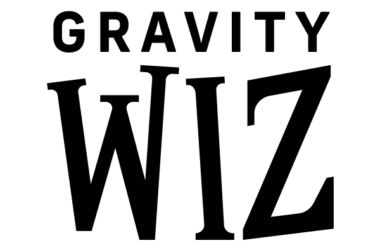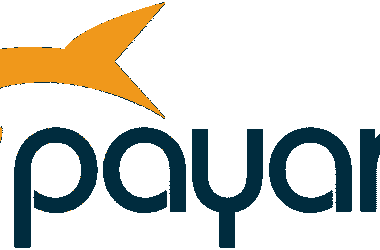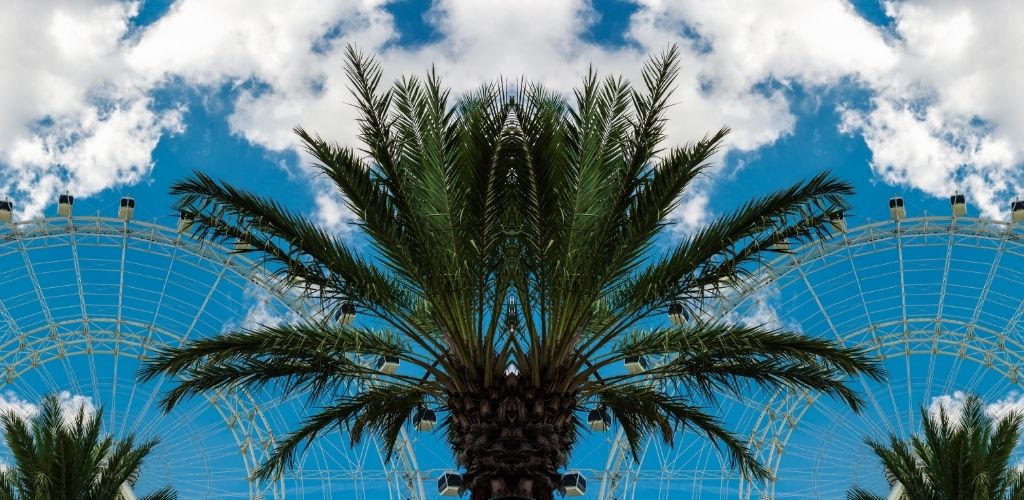In case your TikTok feed is something like mine you’ve most likely seen quite a lot of movies from present and former airline employees warning you in regards to the water on board your subsequent flight. However are these “warnings” about faucet water onboard flights within the U.S. correct?
Being curious, I made a decision to try the Plane Ingesting Water Rule (ADWR) report information collated and revealed by the Environmental Safety Company (EPA) to disclose which airways are probably to fail water checks, and what number of take a failed take a look at to wash up their act.
Reviewing ADWR report information, I’ve centered on the presence of E.Coli and Coliform in routine and follow-up take a look at outcomes of each galley and toilet faucet water from November 2019 to November 2022.
Ingesting water on flights information factors
- One in 20 (4.96%) of water samples taken from passenger planes since November 2019 have recorded constructive traces of E.Coli and/or Coliform, rising to six% in 2022 to this point.
- Sky West Airways (115) recorded probably the most E.Coli and/or Coliform samples since November 2019.
- The vast majority of checks (61.54%) on Trans States Airways planes recorded constructive samples of E.Coli and/or Coliform, the best of any airline.
- Multiple in six (17.00%) of Spirit Airways’ water checks since November 2019 have recorded a constructive pattern E.Coli and/or Coliform.
- For the reason that begin of 2022, Spirit Airways (40), Jetblue Airways (38), American Airways (28), Commute Air (27), and United Airways (22) have recorded probably the most samples of E.Coli and/or Coliform in checks
- To this point, in 2022, 100% of routine checks on Allegiant Air and United Airways plane have recorded the presence of E.Coli and/or Coliform in samples.
Can I drink the water on board a flight within the U.S.?
Since November 2019, practically one in 20 (4.96%) water samples from U.S. passenger planes have recorded constructive traces of E.Coli and/or Coliform; with this determine growing to six% because the begin of 2022.
Total, 852 of the 17,179 water checks carried out by the EPA confirmed traces of E.Coli and/or Coliform, with 283 constructive take a look at outcomes reported because the starting of the 12 months.
One in 20 U.S. passenger planes failing water checks may not sound quite a bit, nevertheless, when you think about many airways function 1000’s of flights per 12 months, do you actually need to be on a airplane that would make you sick?
Which airways have the worst water high quality?
Throughout the three years of pattern information analysed, Trans States Airways planes recorded constructive samples in practically two-thirds of their checks (61.54%), the best of any airline. Behind Trans States Airways, in second place are CommuteAir (24.46%), and Avelo Airline (22.73%).
As with all share, the outcomes above don’t bear in mind fleet sizes, that means they are often barely exaggerated. Under, the evaluation focuses on which airways have failed probably the most water checks, damaged down by the overall variety of checks and what number of routine samples have proven contamination.
Since November 2019, Sky West Airways recorded probably the most constructive samples of E.Coli and/or Coliform in water samples (115), adopted by Spirit Airways (101) and American Airways (87).
Nonetheless, once we take a look at routine checks solely, outcomes confirmed that Sky West Airways nonetheless failed probably the most (95), adopted by American Airways (74) and Spirit Airways (68). Why is that this vital? Properly, after a constructive routine take a look at airways are anticipated to wash and flush their water methods to take away contaminants and guarantee water onboard is pure.
Because the outcomes recommend, some airways seem like higher at cleansing their water methods than others.
Airways recording probably the most E.Coli and/or Coliform samples since November 2019
| Airline Title | Quantity Of Routine Exams Failed | % Of Routine Exams Failed | Complete Quantity Of Routine Exams Failed | Complete % Of Routine Exams Failed |
| Skywest Airways | 95 | 5.79% | 115 | 6.53% |
| Spirit Airways | 68 | 13.82% | 101 | 17.00% |
| American Airways | 74 | 2.73% | 87 | 3.11% |
| PSA Airways | 52 | 12.47% | 72 | 14.69% |
| United Airways | 61 | 4.27% | 68 | 4.54% |
Which airways are greatest (worst) because the begin of 2022?
For the reason that begin of 2022, 50% of checks carried out on United Airways and Allegiant Air planes have discovered E.Coli and/or Coliform within the water offered to clients in both the galley or within the toilets. Outcomes present that United and Allegiant have solely handed follow-up checks.
Throughout 2022, United Airways and Allegiant Air have (to this point) confronted 22 and 1 routine water pattern checks respectively, failing all of them. Nonetheless, follow-up take a look at information (after the methods are cleaned) confirmed a 100% move price…so at the very least we all know they’ll clear the methods nicely, when requested.
Airways recording the best price of E.Coli and/or Coliform samples throughout 2022
| Airline Title | Quantity Of Routine Exams Failed | % Of Routine Exams Failed | Complete Quantity Of Routine Exams Failed | Complete % Of Routine Exams Failed |
| United Airways | 22 | 100.00% | 22 | 50.00% |
| Allegiant Air | 1 | 100.00% | 1 | 50.00% |
| CommuteAir | 23 | 41.82% | 27 | 33.33% |
| Avelo Airways | 2 | 25.00% | 4 | 33.33% |
| Swift Air | 1 | 33.33% | 1 | 33.33% |
Because the outcomes above present, lots of the worst-performing airways have solely been examined and/or failed a number of instances. Once more, that is seemingly a combination of scheduling and fleet sizes.
Analysing which airways have failed probably the most checks this 12 months, it’s revealed that Spirit Airways (40) failed probably the most water checks throughout 2022, adopted by Jetblue Airways (38) and American Airways (28).
Outcomes from 2022 present that Spirit Airways have failed probably the most routine checks (27) this 12 months, adopted by American Airways (25), with JetBlue Airways and CommuteAir (23) because the joint third worst for failed routine checks.
Airways recording probably the most E.Coli and/or Coliform samples throughout 2022
| Airline Title | Quantity Of Routine Exams Failed | % Of Routine Exams Failed | Complete Quantity Of Routine Exams Failed | Complete % Of Routine Exams Failed |
| Spirit Airways | 27 | 18.24% | 40 | 21.28% |
| Jetblue Airways | 25 | 2.81% | 28 | 3.05% |
| American Airways | 23 | 11.44% | 38 | 15.90% |
| Commute Air | 23 | 41.82% | 27 | 33.33% |
| United Airways | 22 | 100.00% | 22 | 50.00% |
Must you drink the water on flights within the U.S.?
As as to if you need to drink the water on flights, that’s fully as much as you. Nonetheless, from my perspective, I’d most likely say you need to keep away from it the place potential, and use a hand sanitiser after going to the bathroom and washing your fingers to be additional cautious.
Total, the information from this examine kinds a part of the Plane Ingesting Water Rule (ADWR), its intention being to make sure that secure and dependable consuming water is offered to plane passengers and crew. However because the outcomes present issues most likely could possibly be higher in some situations.
What must you drink on board flights within the U.S.?
Now that’s an enormous query. Being from the UK, you would possibly anticipate me to recommend an alcoholic beverage, nevertheless, I’m much less eager on these inflight lately.
From private expertise, and within the strategy of penning this web page, I’ve discovered that bottled water (with out ice) is often the very best. Not solely is simple for the cabin crew to serve – few bubbles to fret about and fewer mess if it spills – it additionally helps with the dehydration you may expertise when flying.
It’s recommended that you simply drink about 250 millilitres (simply over 1 cup) of water per hour when flying. This helps to maintain keep away from dehydration and, for these on long-haul flights, may also help struggle in opposition to jet lag.
I’m very conscious there’s a little bit of irony that inside a publish discussing whether or not it’s secure to drink the water on flights I’ve then mentioned to drink (bottled) water. Nonetheless, that may be fairly costly, nicely in relation to what it could value on the excessive avenue or in a traditional store.
Seeking to save on the airport? Learn my recommendations on reducing prices on the departure lounge and duty-free
To get round excessive duty-free/departure lounge prices for water, it’s price taking an empty reusable bottle and filling it up by way of a water station or asking a vendor (eating places are greatest) inside the departure gate to refill your bottle.
Not solely is taking an empty water bottle inside the guidelines of *most* airport safety, nevertheless it additionally helps cut back waste and may prevent fairly a bit for those who are likely to drink fairly a bit earlier than, throughout and after a flight.
Want a brand new water bottle? Right here’s my checklist of a few of the greatest round.
Methodology
Information from this examine was sourced straight from the Environmental Safety Company (EPA) and their Plane Ingesting Water Rule (ADWR) compliance stories between November 1st, 2019, and November twenty fourth, 2022. For evaluation of 2022 information, figures have been analysed between January 1st, 2022, and November twenty fourth, 2022.
Evaluation inside this examine combines samples from each the galley and bathrooms of plane.
Figures proven spotlight each the general variety of checks and routine checks carried out on plane belonging to every airline. Usually, after contamination is discovered throughout routine checks airways are anticipated to wash the water methods onboard the airplane, with a follow-up take a look at used to point out that E.Coli and/or Coliform isn’t any lengthy contaminating onboard water provides.
Percentages proven are primarily based solely on figures and plane reported by the EPA, that means, solely a fraction of every airline’s fleet have been examined and outcomes ought to be considered as indicative solely.
Sources
This examine was first posted in July 2022.
This work is licensed underneath a Creative Commons Attribution 4.0 International License.
Source link








Nice post. I learn something totally new and challenging on websites